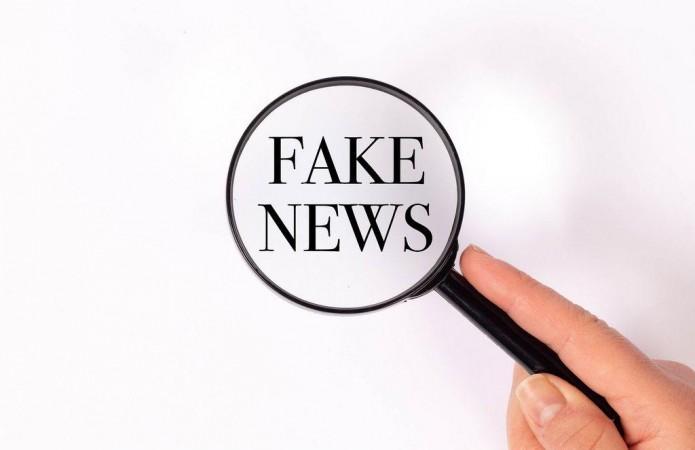Fake news has emerged as an undesirable by-product of the digital age, whose ramifications are far-reaching–from politics to religion. So how can one detect disinformation and protect themselves from its influence? By analyzing the grammatical patterns of a journalist, say scientists.
Through a new study, researchers from the University of Birmingham have established that there are distinguishable stylistic differences between the language used in real and fake news. They arrived at this conclusion after conducting a detailed linguistic analysis of the works of discredited journalist Jayson Blair, who resigned from The New York Times after several of his articles were found to be plagiarised and fabricated.
The findings were published in a book titled, The Language of Fake News, by the Cambridge University Press. Prof. Jack Grieve, the co-author of the study, said in a statement: "There are clear stylistic differences between the articles in which Blair told the truth and those in which he lied. He made consistent linguistics choices in his fake news resulting in grammatical patterns that distinguish his fake news from his real news."
Its All In the Language

For the study, the authors analyzed the grammatical features employed by Blair in 64 of his articles–36 had been declared fake following investigations. Through their examination, the researchers discovered 28 key differences in Blair's writing style across real and fake articles.
Importantly, the analysis also revealed that the informational density was lesser in the articles that were fake–when Blair presented falsified work, it lacked conciseness and contained less information. It was also learned that in his doctored articles, Blair's writing was low on conviction, had a less confident tone, and evaded specifics about the source of his information.
Providing a Basis for Discerning Lies

Prof.Grieve noted that the identified stylistic signals were specific to Blair. However, he added that the findings demonstrate that there are clear linguistic markers that can help in the identification of fake news. "Our research shows that fake news can be associated with a clear and meaningful linguistic signal. This is potentially good news for those looking to identify and remove false stories, and combat disinformation, particularly online," he stressed.
The complexity of language patterns can make the detection of fake news difficult for the general public. However, the current research provides a starting point for comprehending a few of the stylistic strategies that may be utilized in fake news. Prof. Grieve expressed that, in the future, he wishes to replicate the study on a larger scale in order to acquire a broader understanding of the language of fake news.
"The public has perhaps never been more distrustful of the news as we are right now, but we hope that knowing of the existence of these types of linguistic patterns will help people spot lies when reading the news and encourage further research on the language of fake news," concluded Prof. Grieve.

















